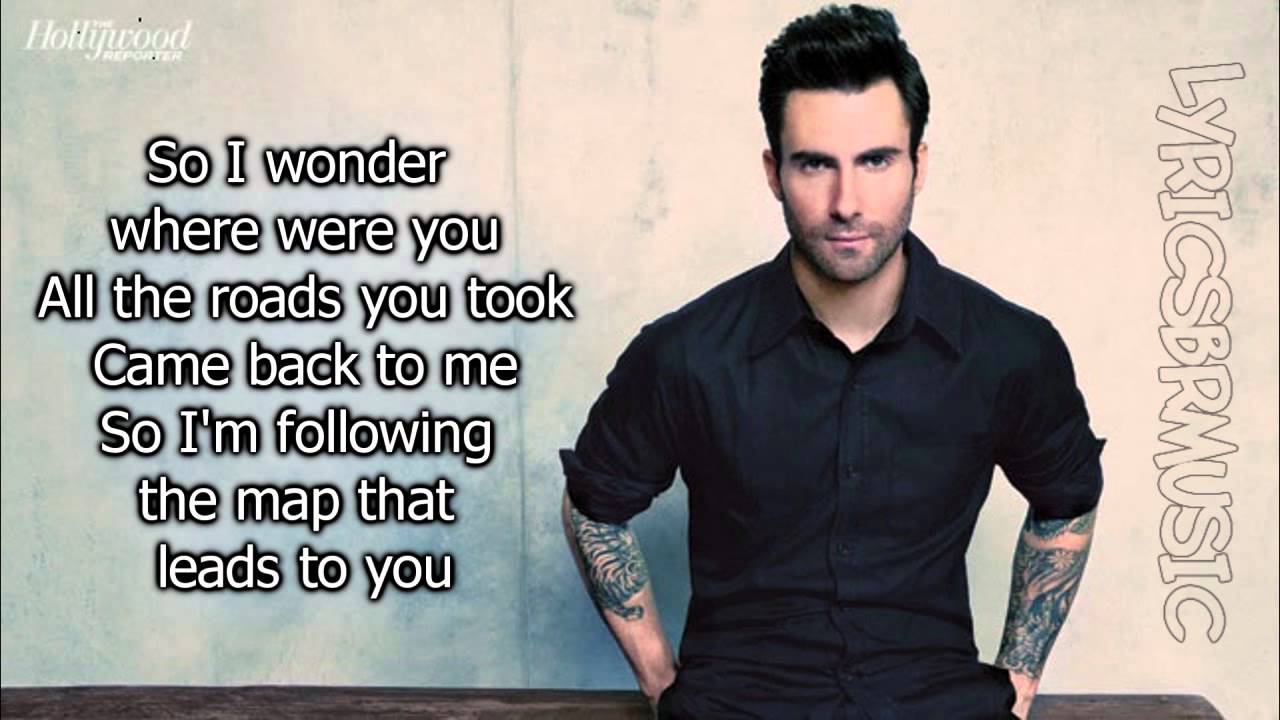In the first part of this series, we listened to Maps by Maroon 5 in order to build a mental picture of the song. Now, it’s time to start breaking down the song so that we can dance to the layers. In this installment, we’ll focus on the introduction to the whole song.
Again, listen through the song, but focus on the first 32 beats. What is happening at the beginning of the song?
https://www.youtube.com/watch?v=MrP1o6DV5-g
This song is a very typical social WCS song. There are a couple of major highlights, but lots of the details of the song are hidden unless you know what to listen for. So, right from the start, we know that we’re going to need to highlight contrasts in the song so that our dancing doesn’t look flat.
In the first 32 beats, there are only a couple of instruments. There is the lead vocal, which also carries the melody. There is a high hat quietly hitting on each beat. There is a very subtle guitar accompanying the vocals, and at the end of the minor phrases the guitar has a prominent “da-da-dah-dah.” How do we dance to this?
First, ask yourself is this is a low- or high-energy part of the song? You should be able to recognize that this a low-energy part: a drum is added in the next major phrase, and then the song builds in both volume and complexity of instrumentation. So, our dancing needs to be low-energy as well.
Let’s make the overall feel of our dancing for this section pick out a low-energy instrument. In this case, the high hat is great because it’s quiet, it’s consistent, and it establishes the beat for the rest of the song (so our partner can feel our timing). Try dancing a couple of basic patterns while listening to the high hat, and make the energy of your dancing match the instrument. Your feet should be quiet and clean. There’s no need for footwork variations because the high hat is constant. The high hat is more staccato than legato, but it’s not accented, so your footwork should do the same. Make your weight transfers cleanly and distinctly, but don’t put extra energy into the steps.
Another way to make our dancing even quieter is to keep our basics small. So, practice dancing with small steps and a very light degree of stretch. By making our stretch and slot length quiet, we give ourselves even more room to increase the volume as the song picks up.
What about the guitar at the end of the phrase? It would be nice to acknowledge that part of the music as well. There are several ways you could add that in. The first is to represent the rise-and-fall of the pitch in your body. As you are dancing your basics, go into a slight relevé as the guitar starts and quickly lower into the knees. This level change should still be quiet because the song itself is still quiet—an inch or two in either direction is more than enough to create the effect.
Alternatively, you could acknowledge the guitar with a body isolation. I hear the guitar as an upper-body movement because it’s higher pitched and a short, quick note, so I would suggest playing with the shoulders or ribcage. Two or three actions is all you need (& 8, with a possible third action on the & after 8). So, if I wanted to show the accent with shoulders, I would think down with one shoulder on the & and then down with the other shoulder on 8. For the ribcage: hit to one side on &, the other side on 8, and possible do a mini-circle with the ribcage through the 8& in order to show the end of the guitar noise.
Now that we’ve added in the guitar, try dancing to the first 32 beats of the song again. Each time you hear the guitar, try to use a different way of acknowledging the sound. As you practice, keep your guitar sounds small. Although the sound is distinct during the song, it’s also quiet—and the song itself is very quiet at this point. So, don’t overplay your movement, because you need to save plenty of room for your dancing to grow throughout the song. And remember to go back to a quiet neutral every time the guitar finishes!





 Brian & Megan
Brian & Megan